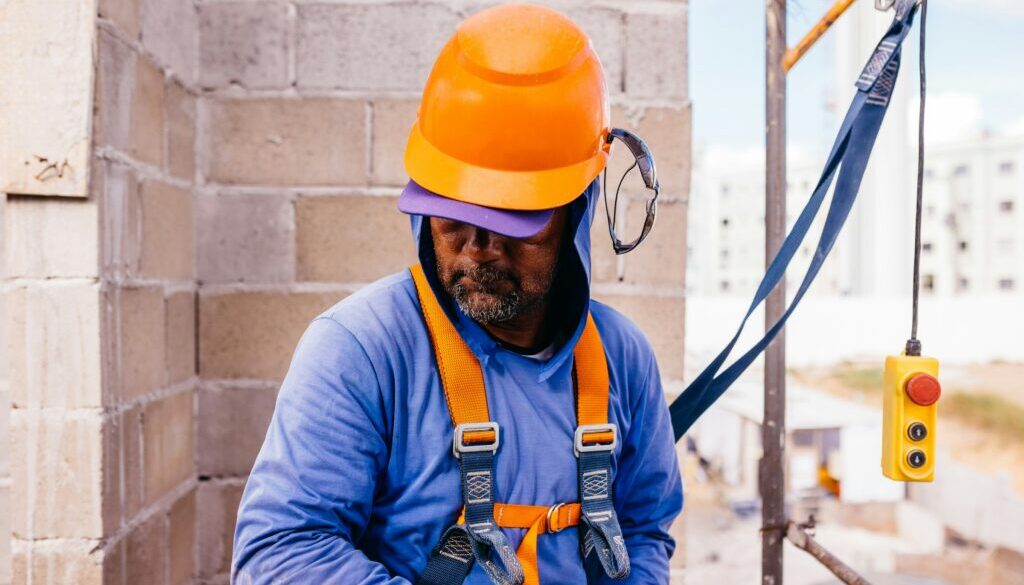Proposed rule could protect 36 million workers from hazardous heat
As dangerous heat waves sweep the US, the Biden administration this week announced a first-of-its-kind proposed rule that could help protect about 36 million workers from heat-related deaths and injuries.
If finalized, the safety standard, proposed July 2 by the Department of Labor’s Occupational Safety and Health Administration (OSHA), would require employers to develop plans to address workplace heat hazards and to put in place requirements for rest breaks and access to shade and drinking water.
The announcement came as the Environmental Protection Agency (EPA) released a new report on the impacts of climate change on health and the environment in the US, revealing that almost 1,000 workers died from heat exposure between 1992 and 2022, about one-third of which were construction workers. The report also found that the average number of heat waves increased from two per year in the 1960s to six per year in the 2010s and 2020s.
“Workers all over the country are passing out, suffering heat stroke and dying from heat exposure from just doing their jobs, and something must be done to protect them,” Doug Parker, Assistant Secretary for Occupational Safety and Health, said in a press release. The proposal marks “an important next step in the process to receive public input to craft a ‘win-win’ final rule that protects workers while being practical and workable for employers,” said Parker.
The Biden administration also announced that the Federal Emergency Management Agency (FEMA) will be awarding almost $1 billion for over 600 projects designed to help communities shield themselves from the effects of extreme heat and other climate change-fueled hazards, including storms and flooding. These include a $50 million initiative to improve a stormwater pump station and address flooding in Philadelphia and $724,000 to build shaded bus stops in Washington, D.C.
“Ignoring climate change is deadly and dangerous and irresponsible,” said President Biden on Tuesday during his remarks at the DC Emergency Operations Center on the growing threat of extreme weather. “These climate-fueled extreme weather events don’t just affect people’s lives, they also cost money, they hurt the economy, and they have a significant negative psychological effect on people.”
Much of the country has already experienced soaring temperatures this summer, with extreme heat projected across most of the US for the Fourth of July holiday. California is currently in the grips of a monster heat wave that could be longer and more intense than anything inland parts of the state have experienced in 18 years, said the National Weather Service’s San Francisco Bay area office in its July 3 area forecast discussion.
“It cannot be stressed enough that this is an exceptionally dangerous and lethal situation,” wrote the National Weather Service, adding that the heat wave exacerbates wildfire risk.
Between June 16-24, almost 5 billion people worldwide experienced extreme temperatures that were at least three times more likely to occur due to climate change, according to a report from Climate Central published June 27.
The US was hit with two heat waves in just two weeks at the end of June, including one that also killed 125 people in Mexico, according to the report. Last month at least 1,300 people in Saudia Arabia died from walking in temperatures that sometimes exceeded 120°F during the Hajj, an Islamic pilgrimage to the city of Mecca. More than 40,000 people in India suffered heatstroke during a heat wave that persisted from March to mid-June.
“More than a century of burning coal, oil, and natural gas has given us an increasingly dangerous world,” said Andrew Pershing, vice president for science at Climate Central, in a statement. “The heat waves popping up around the world this summer are unnatural disasters that will become more and more common until carbon pollution stops.”
In another devastating climate change-driven disaster, Hurricane Beryl, a record-breaking Category 4 storm, is currently barreling through the Caribbean towards Jamaica and perhaps Texas after wreaking havoc on islands including the Grenadines, Saint Vincent, and Grenada.
(Featured image via Unsplash+ in collaboration with JSB Co.)
 EWG
EWG


